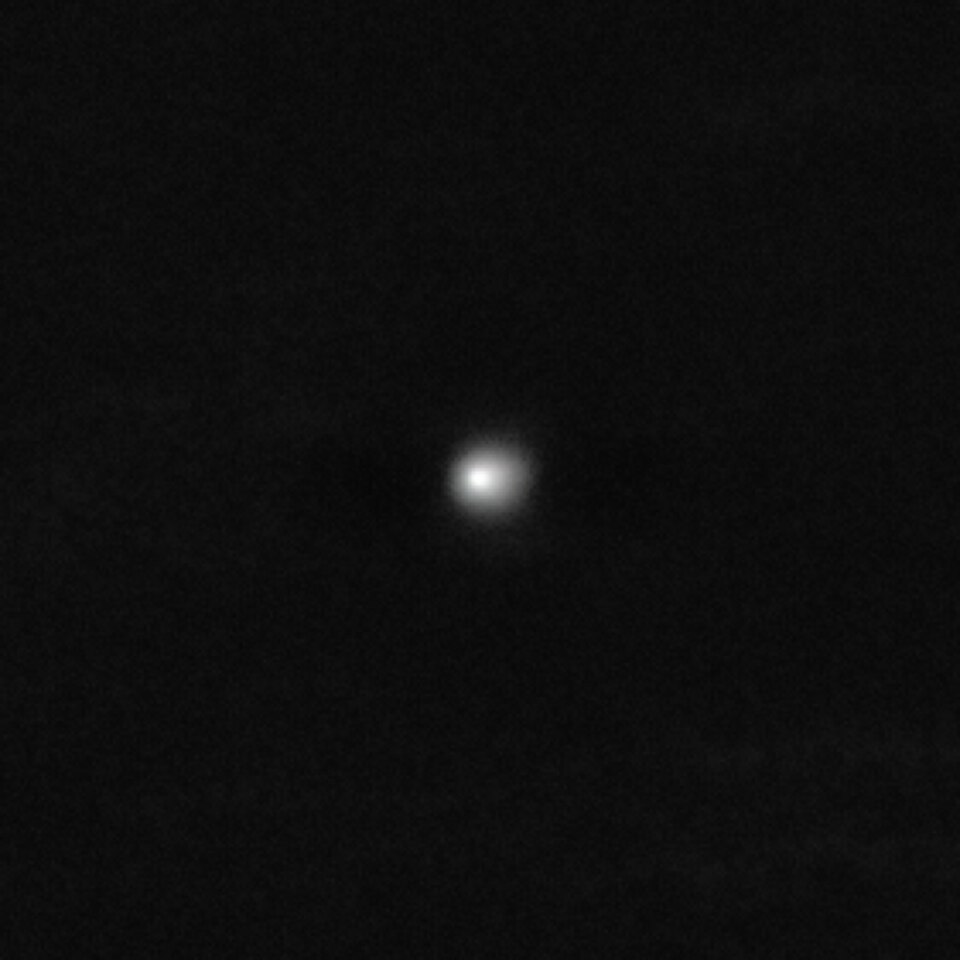Exploring the Mass of Interstellar Objects through Gravitational Waves

In a recent study published in July 2025, Avi Loeb, Baird Professor of Science at Harvard University and director of the Institute for Theory and Computation, explored the mass measurement of interstellar objects, specifically targeting the elusive 3I/ATLAS. This research aims to address a significant gap in our understanding of such celestial bodies, which include 1I/`Oumuamua and 2I/Borisov, by employing gravitational wave detectors to infer their mass.
### Context and Significance The mass of interstellar objects remains largely unknown, leading to challenges in understanding their composition and origins. Traditionally, detecting an object's mass relies on direct observations, which can be limited by distance and brightness. Loeb's findings suggest that if 3I/ATLAS possesses a nucleus smaller than one kilometer in diameter, its mass could be significantly lower than previously assumed, thus aligning with the expected distribution of rocks in interstellar space. Such hypotheses are pivotal for both astrophysical research and our comprehension of the cosmos.
### Current Research Findings Loeb's collaborative research with graduate student Valentin Thoss presents novel methods for weighing interstellar objects. Their approach focuses on utilizing gravitational wave observatories, such as the Laser Interferometer Space Antenna (LISA) and the Deci-Hertz Interferometer Gravitational Wave Observatory (DECIGO), to detect the gravitational signals emitted during close encounters with these bodies. The study indicates that these observatories could detect massive interstellar objects at distances up to several million kilometers, significantly beyond the Earth-Moon separation.
According to their calculations, the gravitational wave detectors are sensitive to interstellar objects with masses ranging from 10 to 100,000 tons, contingent on their velocities and proximity during encounters. Loeb emphasizes that the frequency of the gravitational signal must align with the detector's sensitivity to ensure detectability, illustrating with data plots that detail the maximum distance from which an object can be detected based on its mass and speed.
### Expert Analysis Dr. Sarah Johnson, Professor of Astrophysics at Stanford University, noted that 'this research underscores the potential of gravitational wave astronomy to revolutionize our understanding of interstellar objects, providing a complementary method to traditional telescopic observations.'
Additionally, Dr. Michael Turner, an astrophysicist at the University of Chicago, highlighted the implications for dark matter research, stating, 'If these interstellar objects contribute to our understanding of dark matter density, it could significantly alter our perspective on cosmic evolution.'
### Broader Implications The prospect of detecting stealth spacecraft, potentially from extraterrestrial civilizations, adds a layer of intrigue to this research. Loeb posits that if such objects exist, they might exhibit low albedo, making them difficult to observe with conventional methods. However, gravitational waves would remain a reliable detection method, allowing scientists to uncover these hidden interstellar travelers.
The implications of this research extend to various fields, including astrophysics, cosmology, and even the search for extraterrestrial intelligence. As future gravitational wave observatories enhance their capabilities, the potential for groundbreaking discoveries regarding the nature of interstellar objects and their contribution to the cosmos becomes increasingly viable.
### Conclusion In summary, Avi Loeb's recent study sheds light on the potential for gravitational wave detectors to measure the mass of interstellar objects, highlighting both scientific and philosophical implications. As the field of gravitational wave astronomy evolves, understanding these mysterious entities will offer profound insights into the universe's composition and perhaps even the existence of life beyond Earth. The future of interstellar research appears promising, with gravitational wave observatories poised to unlock the secrets of these celestial wanderers.
Advertisement
Tags
Advertisement





